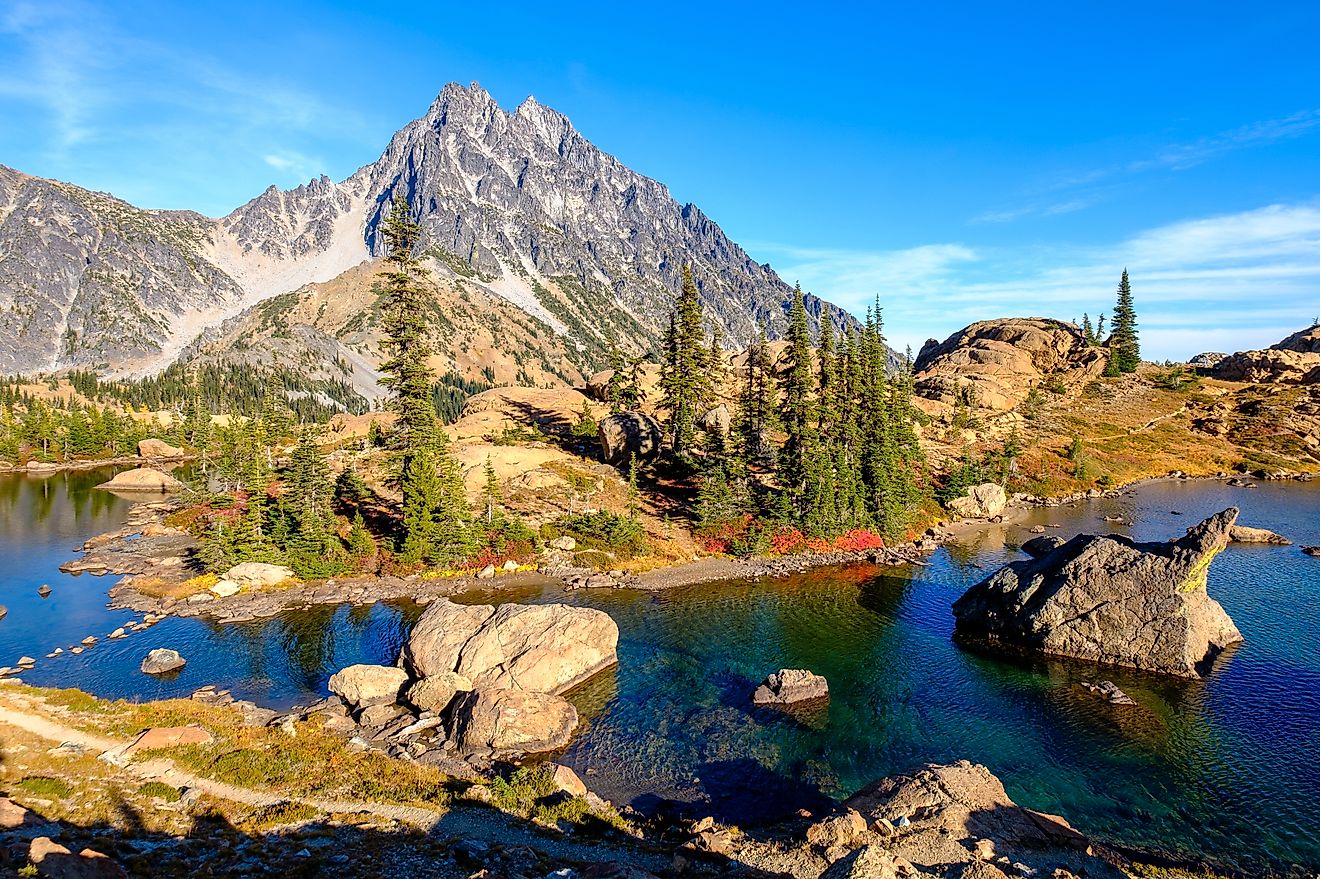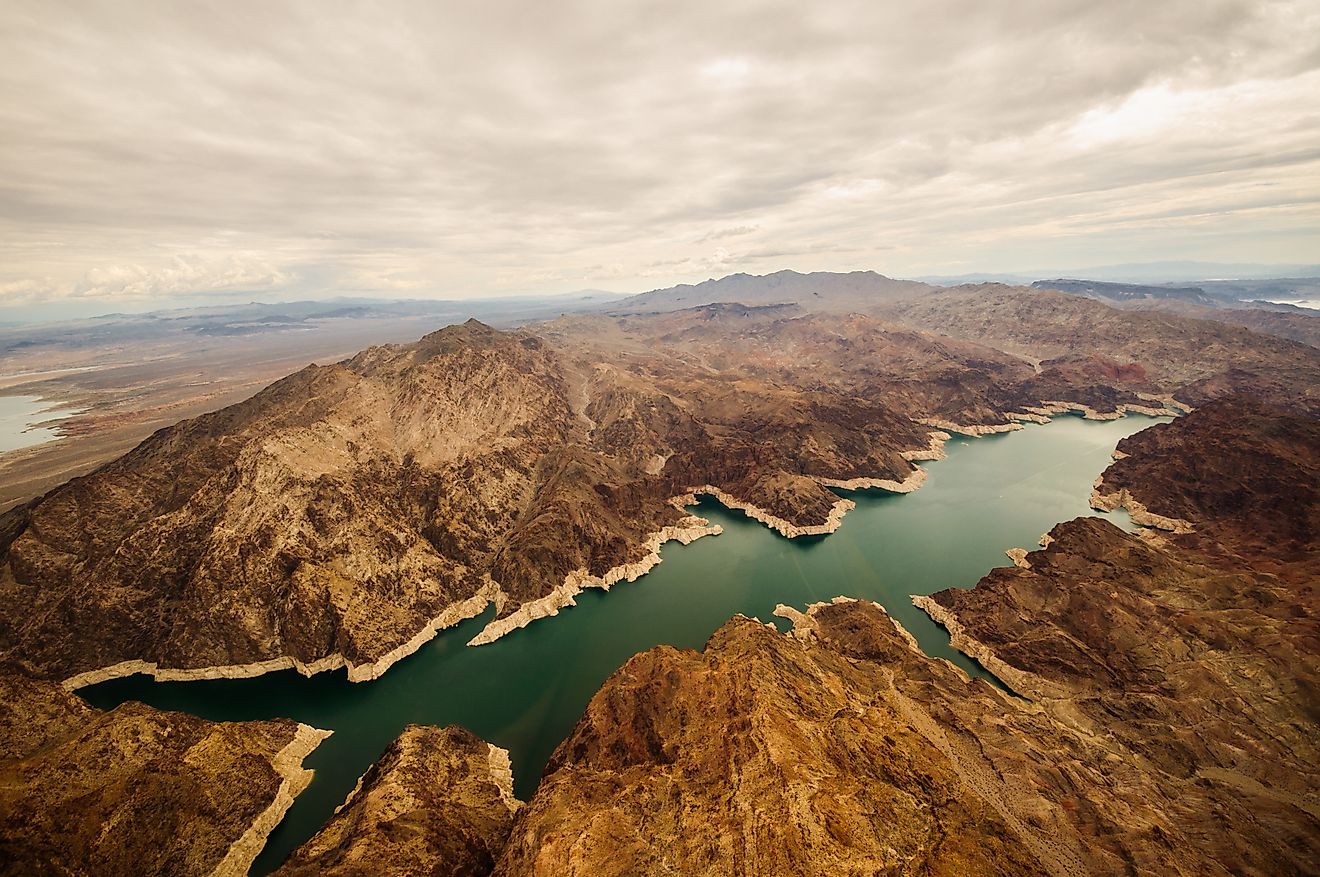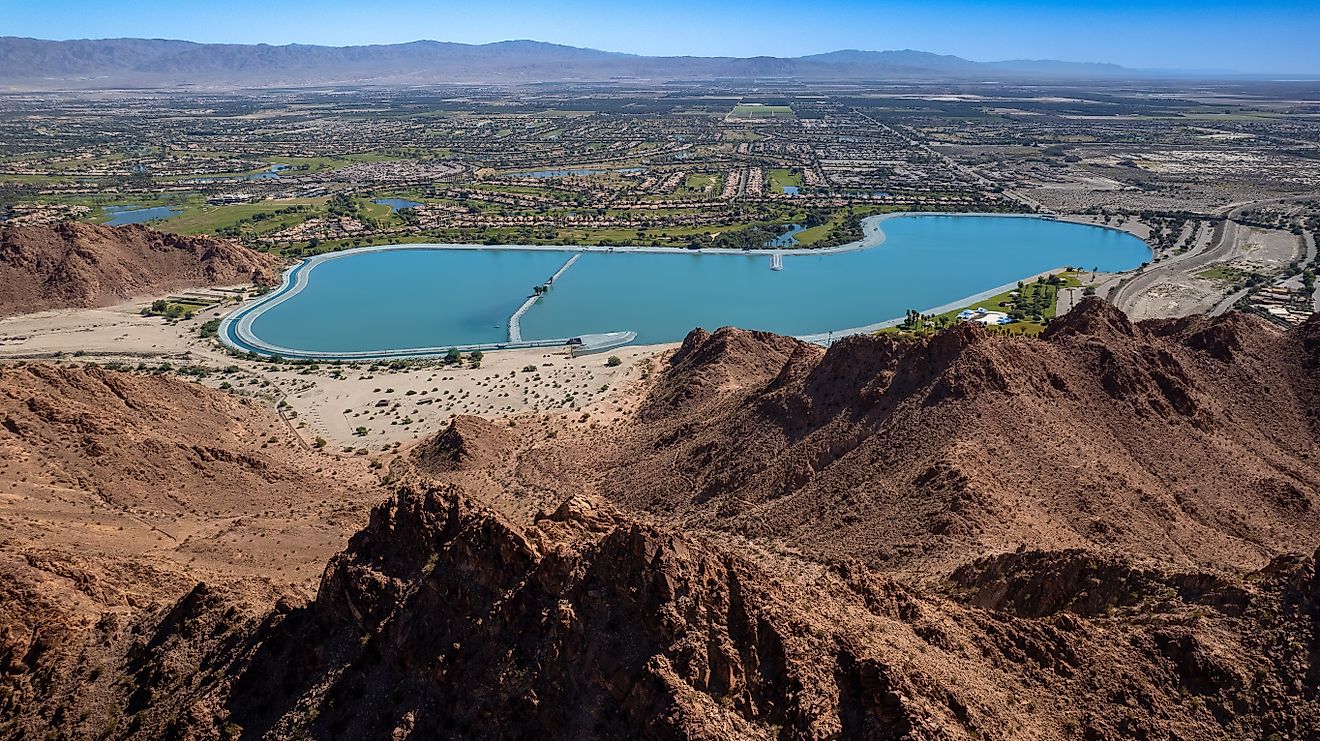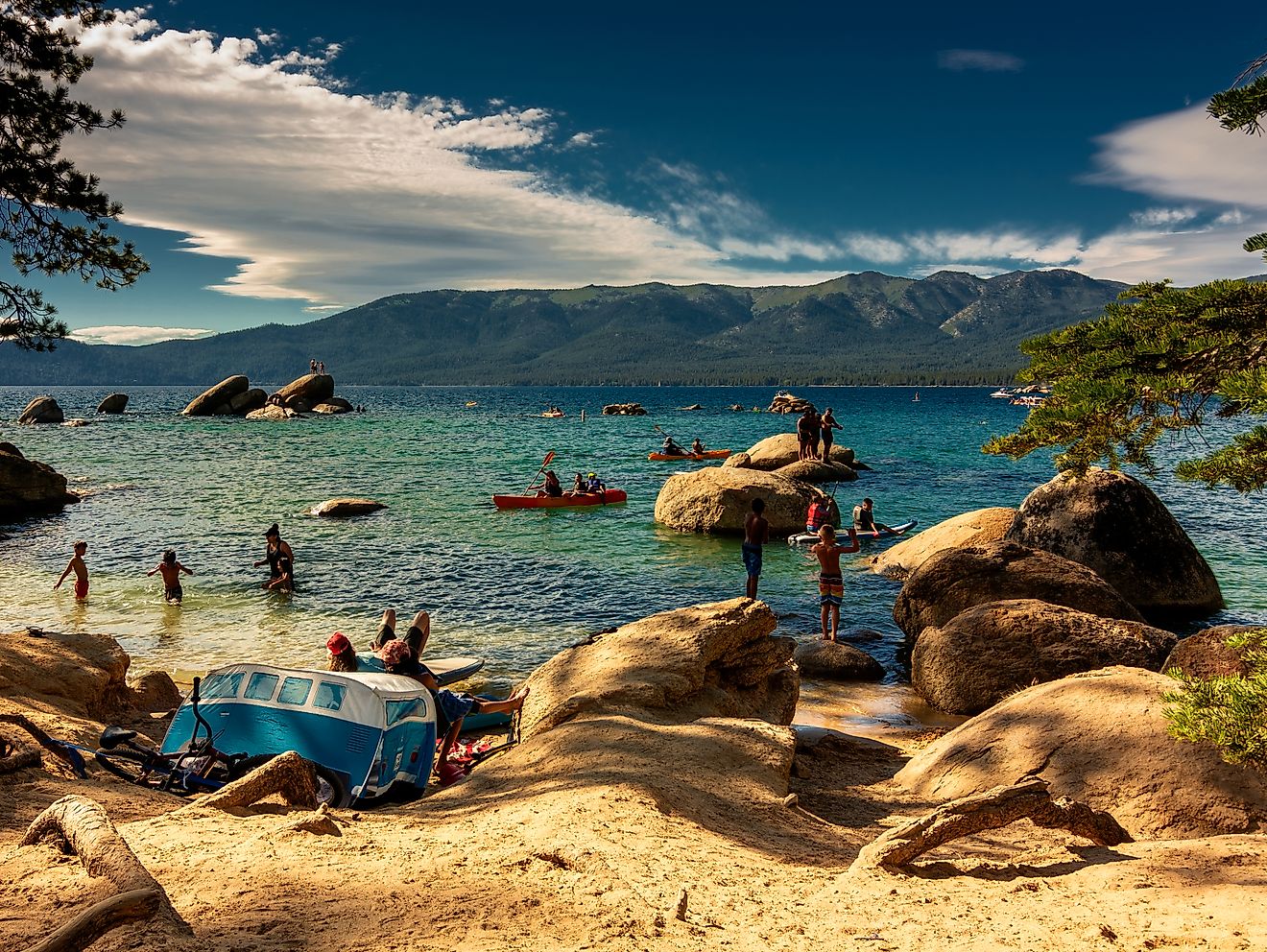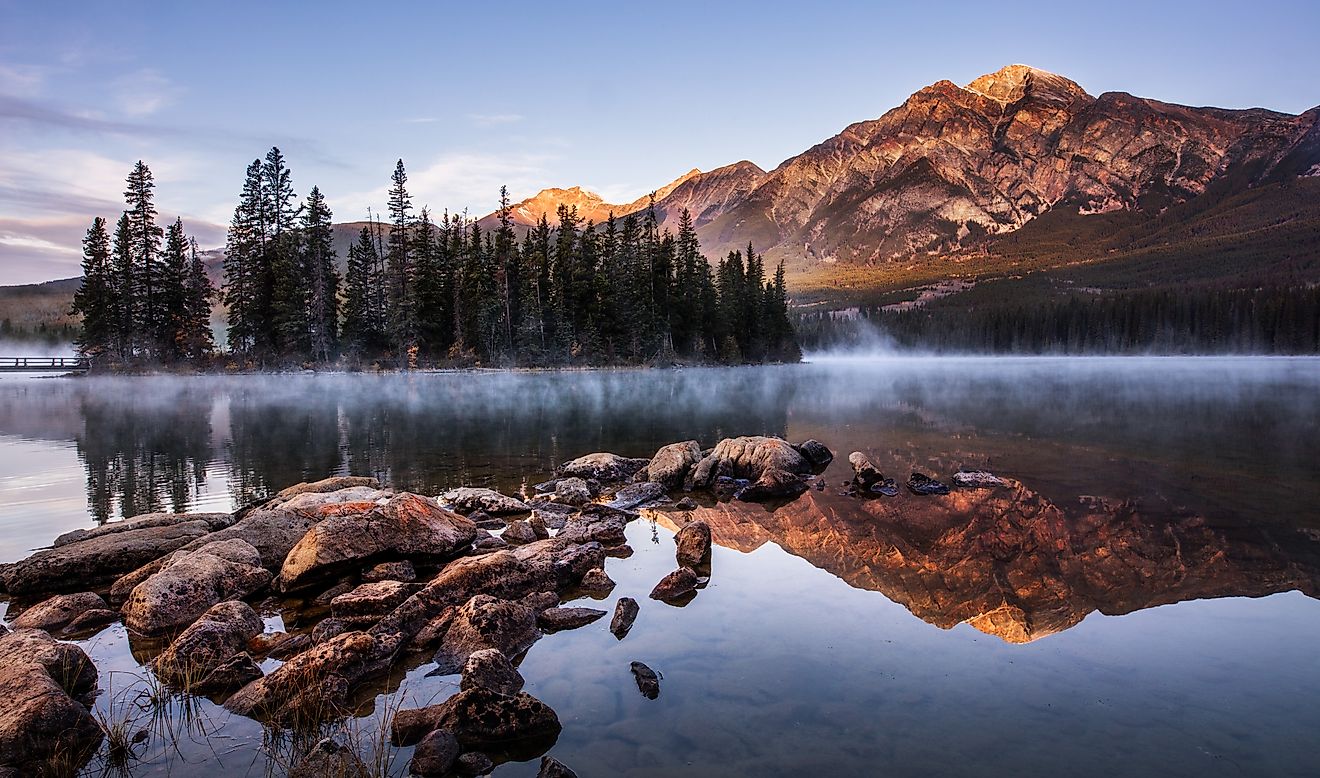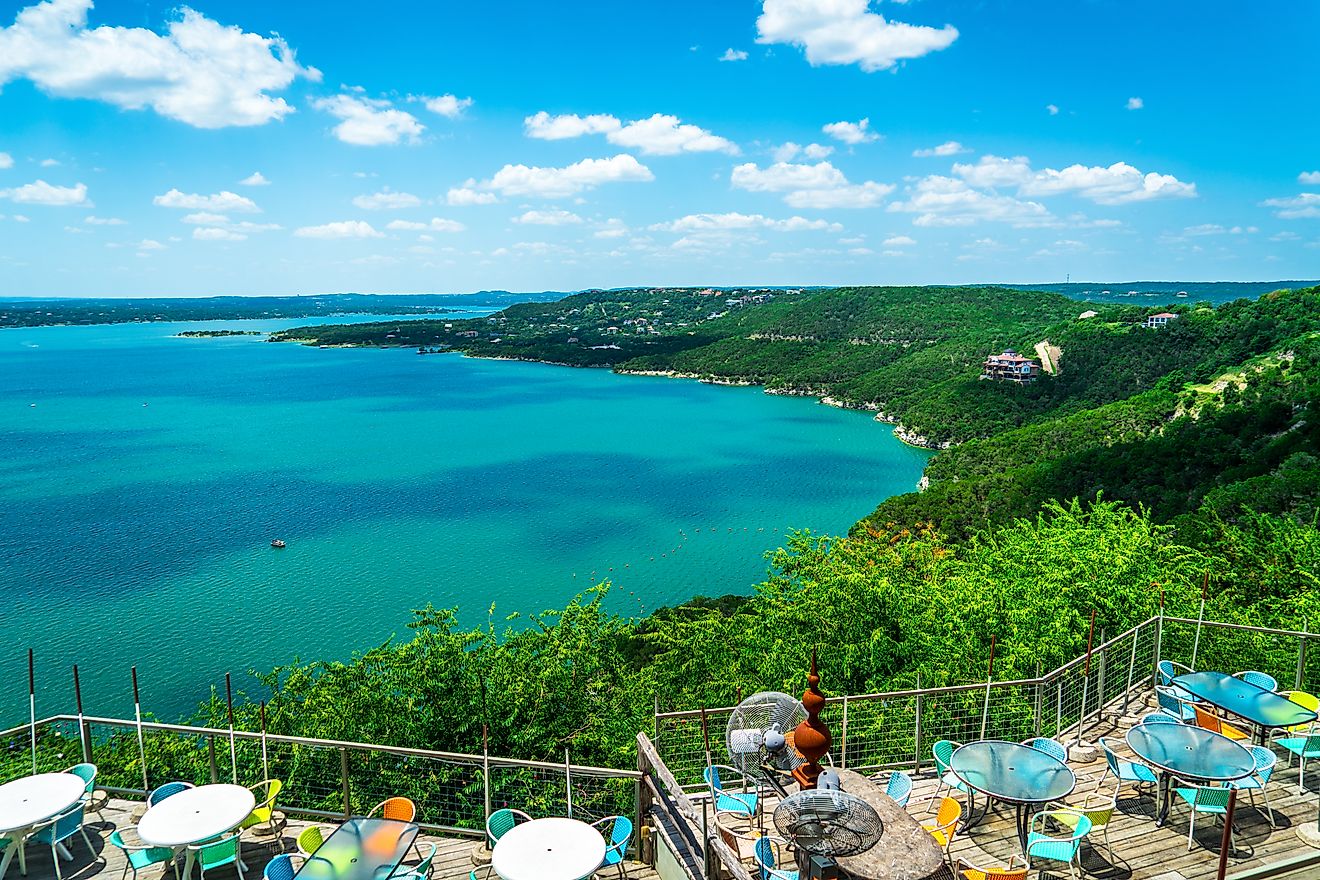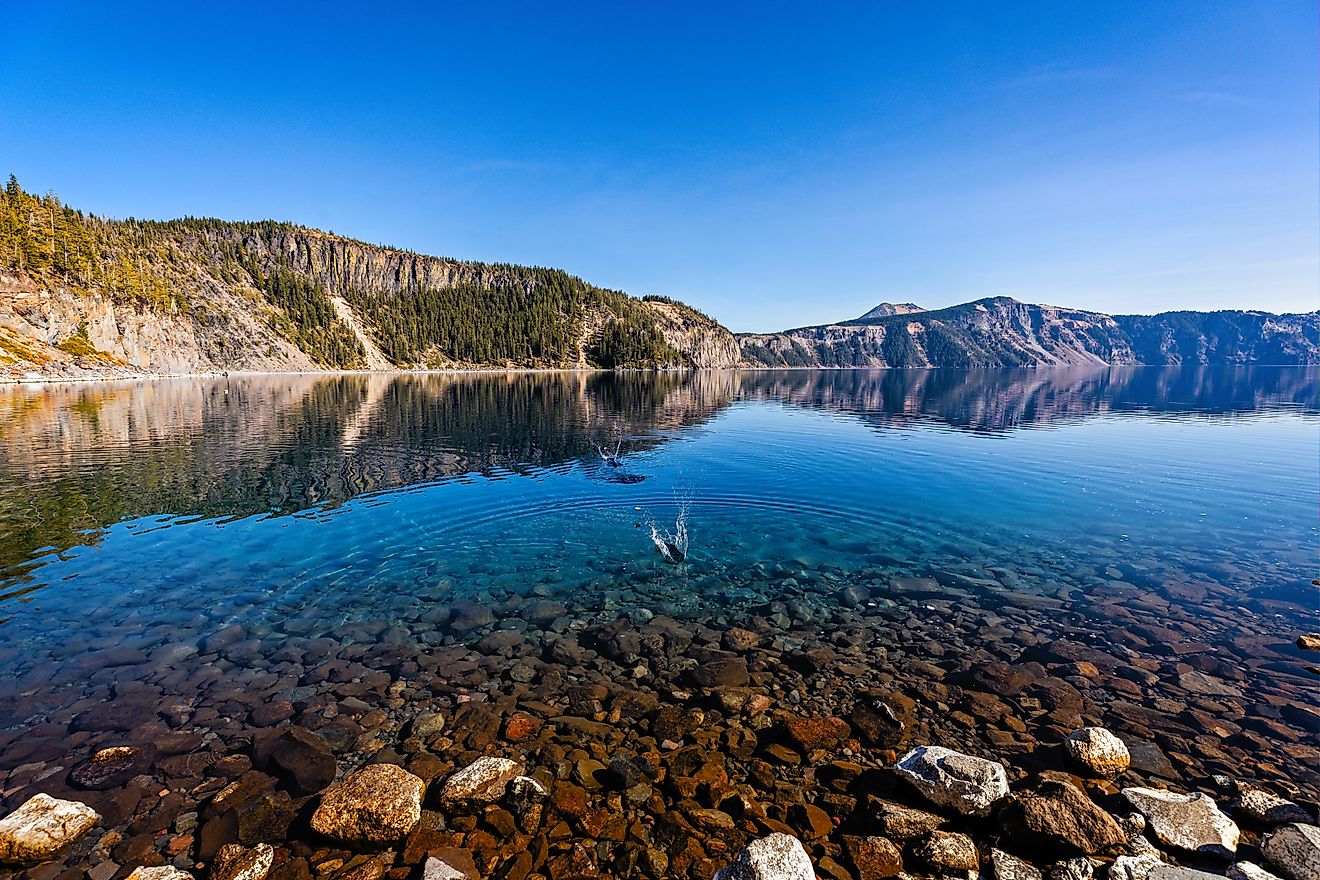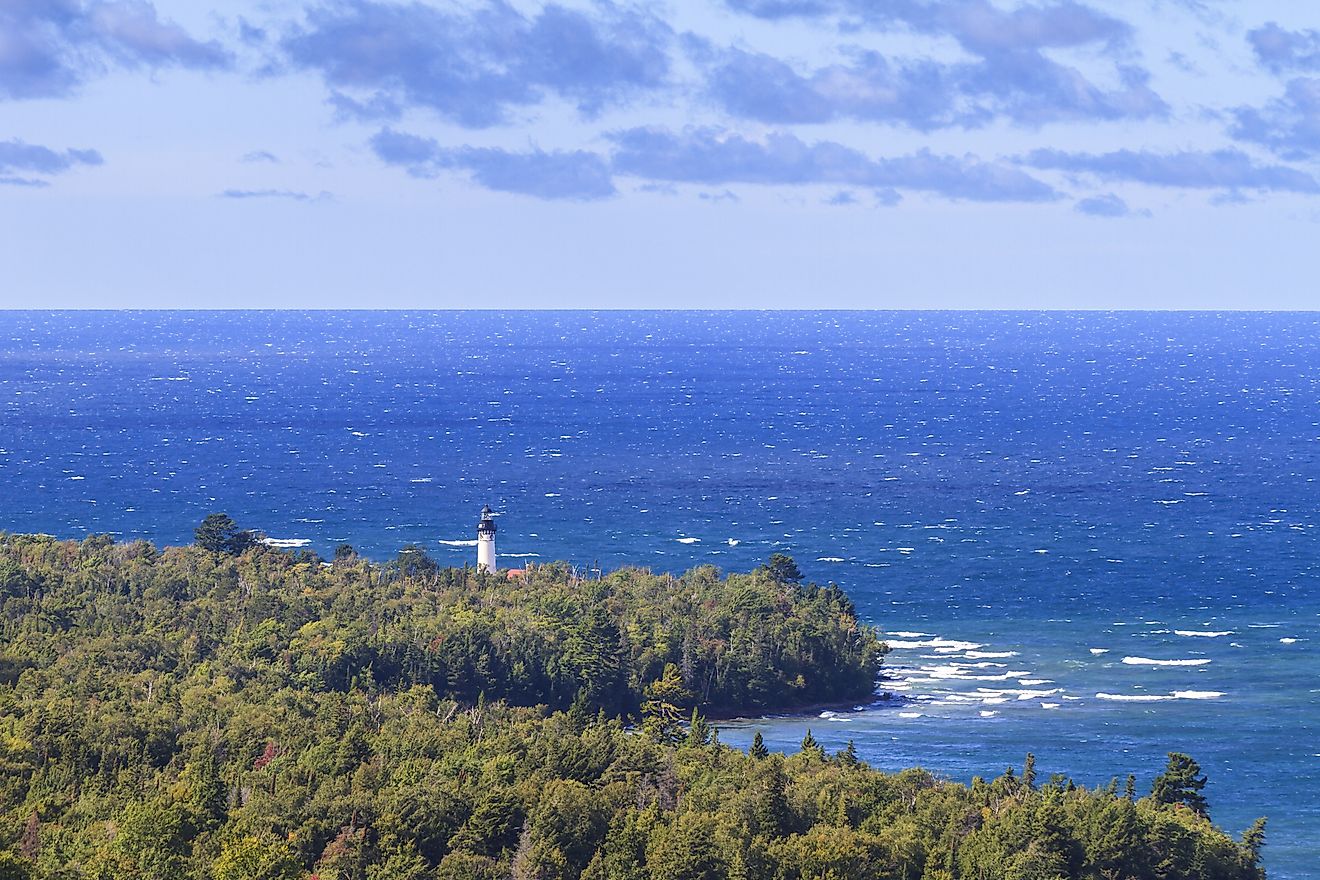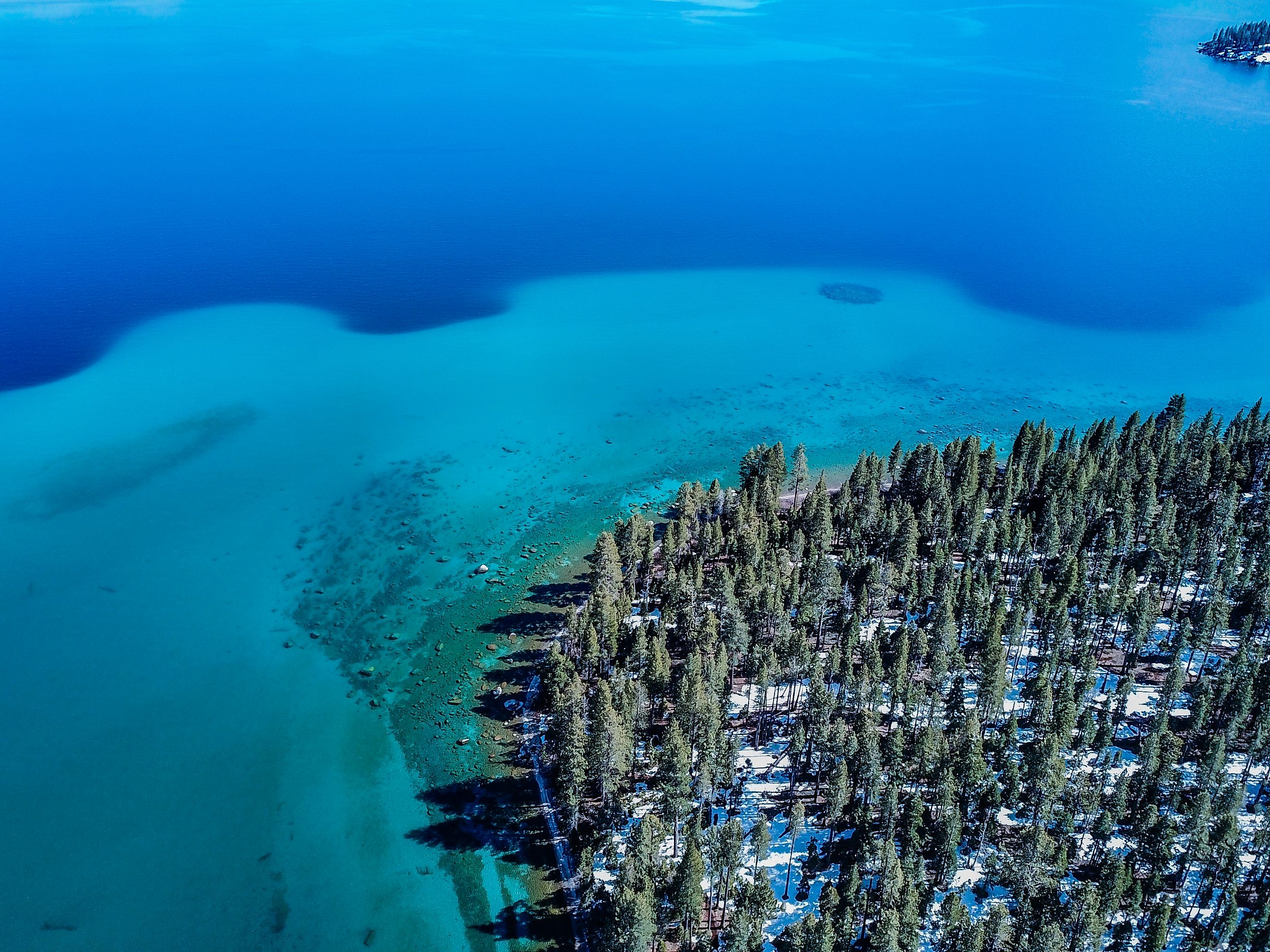
6 US Lakes Sitting on Active Fault Lines
From the snow-fed waters of California’s Sierra Nevada to the volcanic landscapes of the Pacific Northwest, the United States is home to thousands of natural lakes. But beneath the serene surface of some of these waterbodies lies a hidden danger: active fault lines. These geological fractures, capable of producing earthquakes, intersect with some of America’s most beautiful and biologically rich lakes, creating a fascinating (and sometimes risky) intersection of nature and geology.
Lakes that lie on or near active faults often owe their very existence to the tectonic activity that carved out the basins they now fill. While many visitors may never notice, these seismic zones hold stories of ancient earthquakes, ongoing shifts, and the potential for powerful future events.
These six lakes in the US sit directly on or near active fault lines, each with a unique geologic and seismic identity.
Lake Tahoe (California/Nevada)
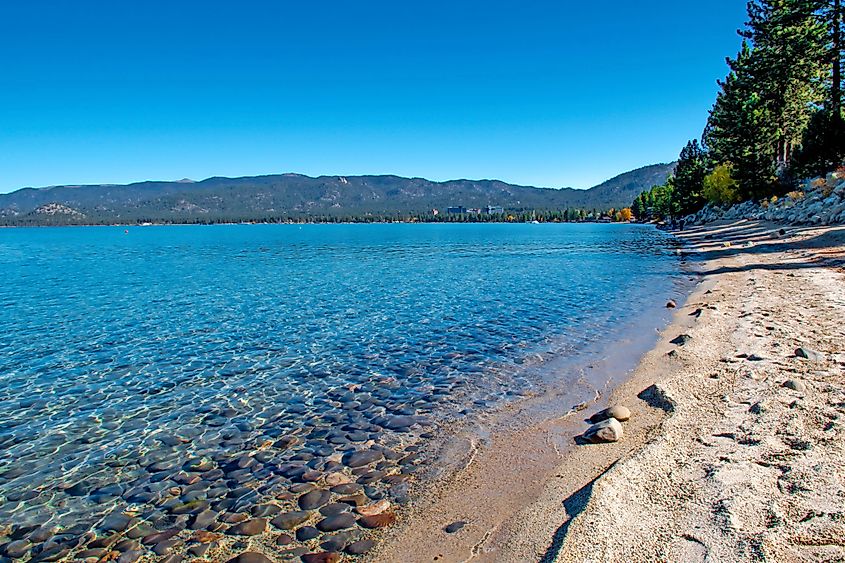
Fault Line: Tahoe-Sierra Frontal Fault Zone
Seismic Risk: High
Lake Tahoe, a stunning alpine lake straddling the border of California and Nevada, is best known for its crystal-clear waters and world-class skiing. But few tourists realize they are swimming and boating above one of the most seismically active fault systems in the Sierra Nevada.
The Tahoe Basin was formed by normal faulting, where large blocks of crust dropped between fault lines to create a deep depression. The Tahoe-Sierra Frontal Fault Zone runs along the lake's western edge, while the Incline Village Fault hugs the northeastern shoreline. These faults are capable of generating earthquakes in the magnitude 6 to 7 range.
Geologists believe the lake’s modern shape is the result of ongoing tectonic uplift and subsidence. Underwater fault scarps (essentially underwater cliffs) have been mapped along the lakebed. In 2003, a magnitude 4.9 earthquake near the north shore served as a reminder that seismic activity in the region is far from over.
Mono Lake (California)
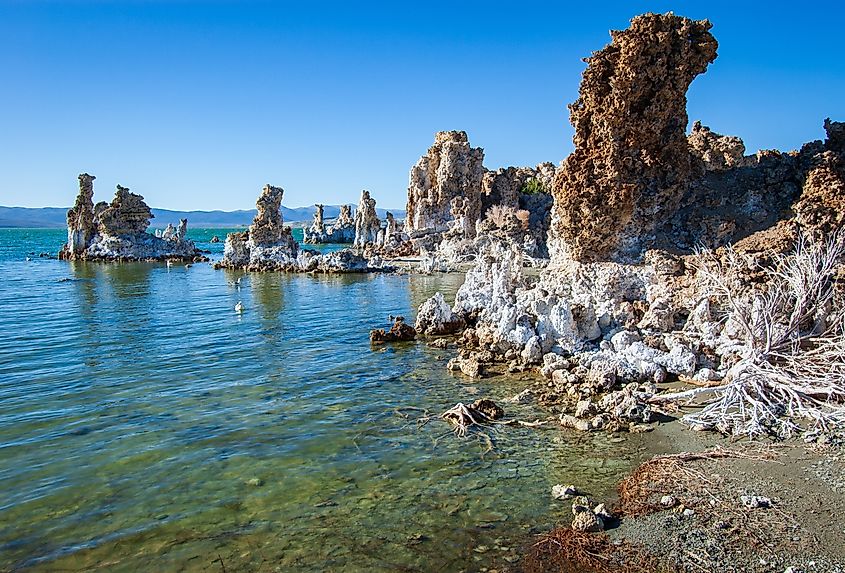
Fault Line: Mono-Inyo Craters Fault System
Seismic Risk: High
Mono Lake, located just east of Yosemite National Park, is a surreal landscape of saline waters, jagged tufa towers, and migratory bird colonies. It also lies within one of California’s most geologically active zones.
The lake is nestled at the northern end of the Long Valley Caldera, an ancient supervolcano. It is bordered by the Mono-Inyo Craters volcanic chain, which last erupted around 600 years ago. This volcanic arc is directly tied to faulting in the Eastern Sierra Fault System.
Beneath the lake, magma chambers and fault lines interact, making the area a hotbed for earthquake swarms and hydrothermal activity. Earthquakes in the magnitude 5 to 6 range have occurred in recent history, and deformation of the ground continues to be monitored closely by the U.S. Geological Survey.
Clear Lake (California)

Fault Line: Rodgers Creek–Maacama Fault Zone
Seismic Risk: Very High
Just north of California’s famed Napa Valley lies Clear Lake, the largest natural freshwater lake entirely within the state. Formed by a combination of volcanic and tectonic activity, Clear Lake sits adjacent to the Rodgers Creek and Maacama faults, two major branches of the larger San Andreas Fault system.
Clear Lake’s basin was shaped by fault-related subsidence and volcanic flows. The nearby Clear Lake Volcanic Field is still considered potentially active, with its last eruption occurring roughly 10,000 years ago. The Rodgers Creek Fault, which runs southward through Sonoma County, is considered capable of producing a magnitude 7.0 or larger earthquake.
Recent studies have indicated that these faults may be connected underground, increasing the risk for a more widespread seismic event affecting the San Francisco Bay Area and North Coast.
Hebgen Lake (Montana)

Fault Line: Hebgen Lake Fault / Red Canyon Fault
Seismic Risk: Historically High
Hebgen Lake is a man-made reservoir near the western edge of Yellowstone National Park, and it sits directly on the Hebgen Lake and Red Canyon faults. It gained national attention in 1959 when a magnitude 7.3 earthquake struck the region—one of the most powerful ever recorded in the Rocky Mountain states.
The quake caused a massive landslide on the south side of the lake, killing 28 people and creating a new body of water now known as Earthquake Lake. Shorelines were uplifted by several feet, and parts of the lakebed subsided dramatically.
Though the area has remained relatively quiet since then, it continues to be seismically active. The entire Yellowstone region, including Hebgen Lake, sits atop a hotspot with a history of significant ground deformation, geyser changes, and frequent quake swarms.
Lake Pend Oreille (Idaho)
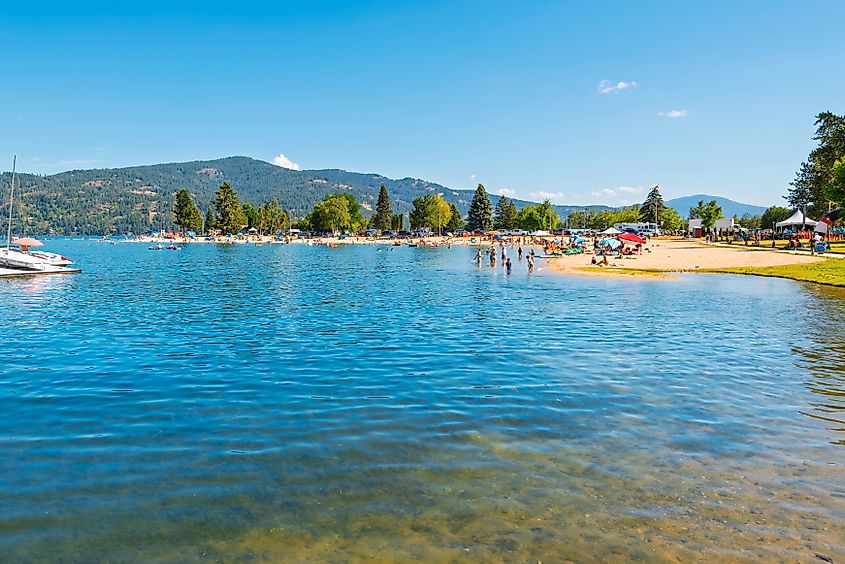
Fault Line: Hope Fault / Cabinet Fault System
Seismic Risk: Moderate
Nestled in the northern panhandle of Idaho, Lake Pend Oreille is one of the deepest lakes in the US and a popular spot for boating and fishing. It also lies close to a series of fault lines collectively known as the Hope and Cabinet Fault systems.
These faults are part of the larger Lewis and Clark lineament, a major geologic feature that stretches across the northern Rockies. While not as seismically active as California, the Hope Fault is capable of producing moderate earthquakes, and researchers believe there may be faults beneath the lake itself.
Seismic reflection studies of the lakebed have revealed fault-related features such as underwater scarps and displaced sediment layers, suggesting past seismic activity.
Lake Mead (Nevada/Arizona)

Fault Line: Las Vegas Valley Shear Zone / Frenchman Mountain Fault
Seismic Risk: Moderate to High
Lake Mead, the largest reservoir in the United States by volume, sits on the Colorado River and spans the Nevada-Arizona border. Although created by the construction of Hoover Dam, the reservoir occupies a seismically active region.
The Las Vegas Valley Shear Zone runs to the west, while the Frenchman Mountain Fault and other smaller fault zones cross the lake’s vicinity. In addition, the nearby Basin and Range Province is one of the most tectonically stretched regions in the US, with numerous normal faults.
Seismic activity is relatively infrequent here, but not insignificant. The potential for reservoir-induced seismicity (earthquakes triggered by the weight and water pressure of large reservoirs) adds another layer of complexity. Hoover Dam was engineered to withstand strong ground shaking, but nearby faults are still monitored closely.
Why Lakes and Faults Often Coexist
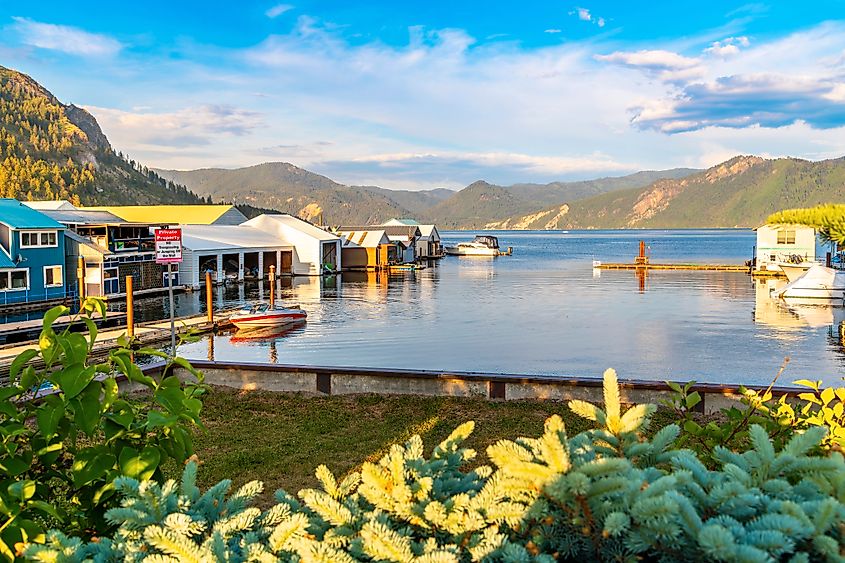
There is a scientific reason why lakes frequently sit on or near fault lines. Faulting often causes the ground to crack and shift, creating depressions that can fill with water. This process, called subsidence, helps form lake basins, especially in rift zones and areas with high tectonic activity.
In some cases, tectonic uplift can dam rivers and create natural lakes. In others, landslides triggered by earthquakes form lakes by blocking valley outflows. Volcanic activity, often closely associated with fault lines, can also lead to crater lakes and lava-dammed reservoirs.
Seismic Hazards at Lakefront Communities
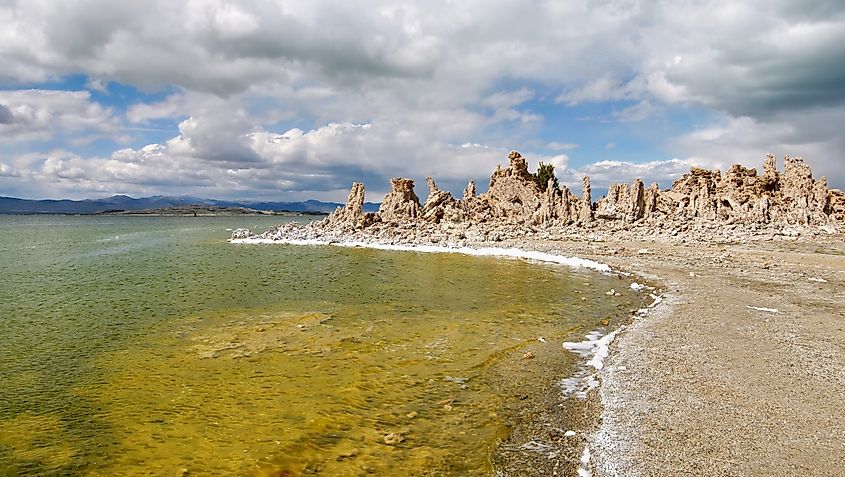
Living near a lake on an active fault line may offer scenic beauty, but it comes with risks:
-
Landslides and Mass Wasting: Seismic shaking can destabilize slopes and trigger landslides into lakes, displacing water and causing localized tsunamis.
-
Liquefaction: Saturated soils along lakebeds are especially vulnerable to liquefaction during earthquakes, undermining roads, buildings, and infrastructure.
-
Dam Vulnerability: Lakes impounded by man-made dams, such as Lake Mead and Hebgen Lake, face unique threats from quake-induced structural stress.
Monitoring and Mitigation
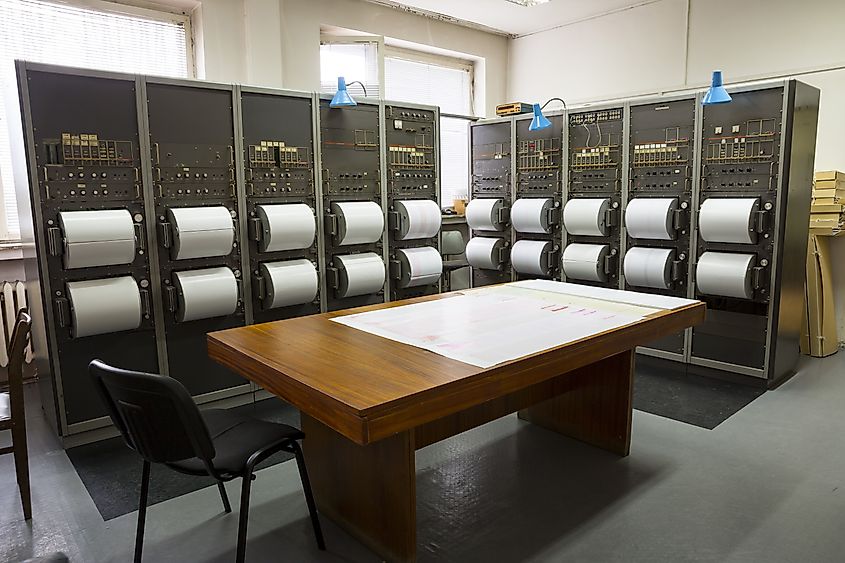
Agencies like the U.S. Geological Survey and state geological services continuously monitor fault activity near lakes. Tools include:
-
Seismometers: Track ground shaking in real time.
-
GPS Stations: Measure subtle ground movements.
-
Underwater Mapping: Reveals submerged fault scarps and deformation zones.
-
Lidar Surveys: Provide detailed topographic maps, including fault traces near lake shores.
Preparedness efforts also involve public education, emergency response planning, and development regulations that limit construction in high-risk areas.
Final Thoughts
Lakes on active fault lines offer more than just tranquil views and recreational opportunities. They serve as windows into the dynamic processes that shape the Earth. From the shimmering waters of Lake Tahoe to the tufa-lined shores of Mono Lake, these bodies of water remind us that beauty and danger often share the same space.
For geologists, they are field laboratories. For travelers, they are unforgettable destinations. And for local communities, they are vital natural resources that must be respected and protected—not just for what they offer above the surface, but for the forces moving silently beneath.
Summary Table: Lakes on Active Fault Lines
| Lake | State(s) | Fault Line(s) | Seismic Risk |
|---|---|---|---|
| Lake Tahoe | CA / NV | Tahoe-Sierra Frontal Fault Zone | High |
| Mono Lake | CA | Mono-Inyo Craters Fault System | High |
| Clear Lake | CA | Rodgers Creek–Maacama Fault | Very High |
| Hebgen Lake | MT | Hebgen Lake / Red Canyon Fault | Historically High |
| Lake Pend Oreille | ID | Hope / Cabinet Fault Systems | Moderate |
| Lake Mead | NV / AZ | Las Vegas Valley Shear Zone, others | Moderate to High |
